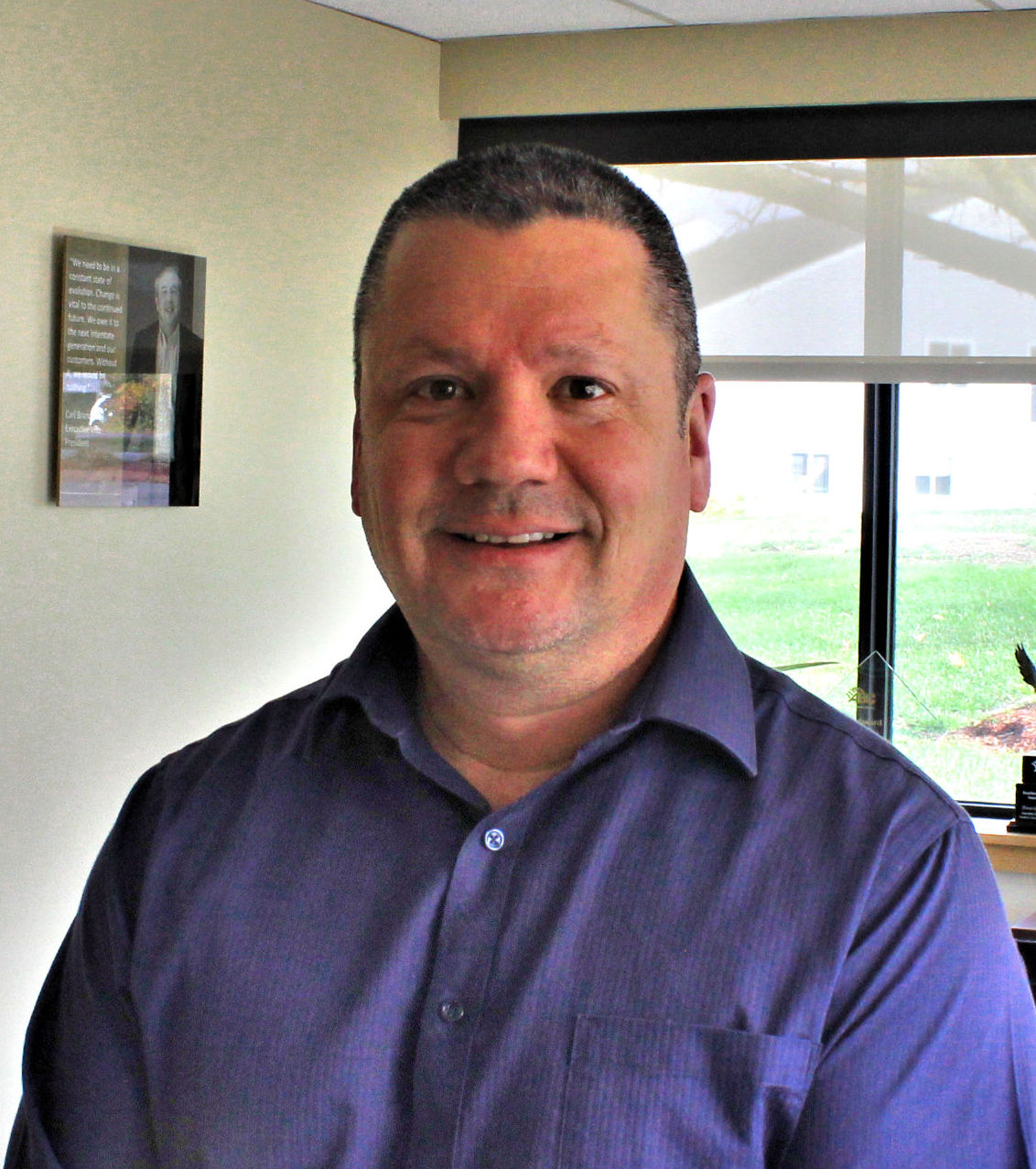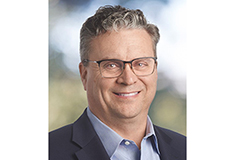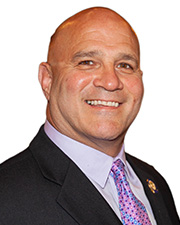News:
Construction Design & Engineering
Posted: July 17, 2014
Growing pains - A positive sign for A&E firms
According to DiCicco, Gulman & Company LLP's (DGC's) 2014 Architecture and Engineering (A&E) Survey, A&E firms have taken full advantage of an improving economy. As backlog levels increase, many firms are beginning to face challenges they haven't seen in years, such as staff shortages and operational efficiency issues. While these growing pains are an obstacle to future growth, effectively managing them is a welcome challenge.
DGC's annual survey benchmarks the 2013 operating performance of over 40 A&E firms headquartered in the Northeast. The survey finds that firm profits increased 9% in 2013 to 10.2% of net service revenue. While the Northeast continues to lag behind much of the country in design and construction activity, geographic diversification has allowed many firms to capitalize on increasing demand for services in other parts of the U.S.
As firm leaders look to profitably manage growth, key performance indicators (KPIs) can be a useful tool. KPIs allow firm leaders to assess, and respond to, the underlying factors that drive growth and profitability. Three of the most important KPIs highlighted in the survey are the utilization rate, the direct labor multiplier, and the overhead rate.
Utilization Rate
The utilization rate is an indicator of a how well a firm is managing its most valuable asset, its people. Utilization measures the time people spend on projects in relation to total hours worked. When it is measured on a firm-wide basis, it is an indicator of whether a firm has the right number of people in the right spots within the organization.
For 2013, the average utilization rate for architecture firms declined two and half points to 63.2%, but increased slightly to 62.7% for engineering firms. Architecture firms were running leaner than their engineering counterparts over the past few years which contributed to a higher than normal utilization rate. 63.2% is closer to the historical average for the industry. It should be noted however that high performing A&E firms continue to target between 65% and 67% for overall firm utilization.
Direct Labor Multiplier
The direct labor multiplier assesses staff productivity and project profitability by measuring the net service revenue generated for each dollar of direct labor spent on a project. The survey results show that the multiplier stayed relatively flat for architecture firms, coming in at 3.06. For engineering firms, the multiplier increased a modest 3% to 2.97. These findings reveal that commoditization of services and heightened competition continue to put significant downward pressure on fees. In addition, the erosion of standard of care expectations has increased scope without a corresponding increase in fees.
Firms recognize that increasing staff productivity is critical to maintaining a healthy profit margin. To accomplish this, they are investing in project management training and new information and communication systems. Firms are also holding more frequent project review meetings to increase staff's budget and scope awareness.
Overhead Rate
The overhead rate equals the ratio of non-chargeable labor and other G&A costs to project related labor. This KPI allows firm leaders to quickly assess how their overhead structure compares to historical results and industry trends. It is also an important piece to consider as firms set bill rates and project fees.
The average overhead rate for architecture firms has increased over the last two years, coming in at 180.5% of direct labor for 2013. This is more in line with the historical averages achieved before the recession. Engineering firms continued to benefit from lower overhead rates in 2013, primarily as a result of increased utilization. The 2013 average of 159.6% is the low watermark in the survey's history.
Conclusion
In summary, while the economic and competitive landscape continues to change, the business fundamentals of the A&E industry are still very much the same: Develop and retain the best and brightest people, diversify into a few strategic markets, keep a close eye on KPIs and exceed clients' expectations with exceptional service. These are the keys to generating sustainable growth.
David Sullivan, CPA and Chad DaGraca, CPA are partners at DiCicco, Gulman & Co. LLP, Woburn, Mass.
MORE FROM Construction Design & Engineering
Timberline Construction Corp. completes renovation for Notre Dame Long Term Care facility
Worcester, MA Timberline Construction Corp. (Timberline) has completed an 18-month, 55,000 s/f renovation of the Notre Dame Long Term Care facility. The project transformed the nursing home into a modern, community-driven and patient-focused environment

Quick Hits
Columns and Thought Leadership

Ask the Electrician: How do I prepare my commercial building for a disaster?
New England’s notorious weather – from fierce winter storms to summer squalls and fall hurricanes – can leave businesses in the dark. While power outages are often blamed on storms, they can also be caused by unforeseen events like accidents or construction mishaps.

It’s time to lead: Confronting mental health in construction - by David Watts
As we close Mental Health Awareness Month, we must be clear: May isn’t just about ribbons, hashtags, or lunchtime mindfulness apps. It’s about responsibility to confront hard truths that linger in silence, and to challenge ourselves, as leaders in our industry, to do more.

Navigating tariffs and material uncertainty in today’s construction market - by Karl Ginand and Tiffany Gallo
As headlines around tariffs seem to dominate the news daily, many considering construction projects have anticipated major cost escalations and widespread supply issues. While tariffs haven’t driven pricing spikes to the extent once feared, the lasting impact has been a new layer of uncertainty, affecting more than just budgets.

Insulation experts are the unsung heroes of our clean energy progress - by Jeffrey Saliba
While not as well-known as Nobel-prize-winning economists, politicians, or international climate activists, your local union insulators are essential to reducing harmful carbon emissions across Massachusetts. We’re proud to advocate for cleaner energy in the halls of power, as well as do the skilled, physical work in schools, office buildings,

 (1) (1).png)








.png)
.png)